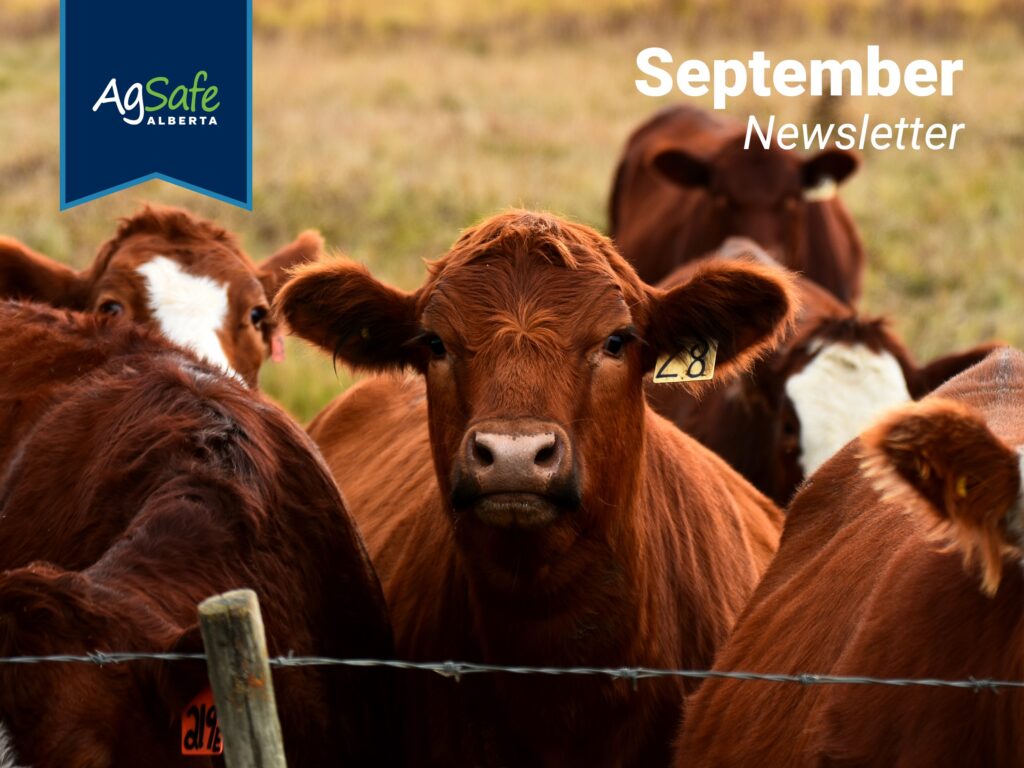
We Can’t Believe This Happened
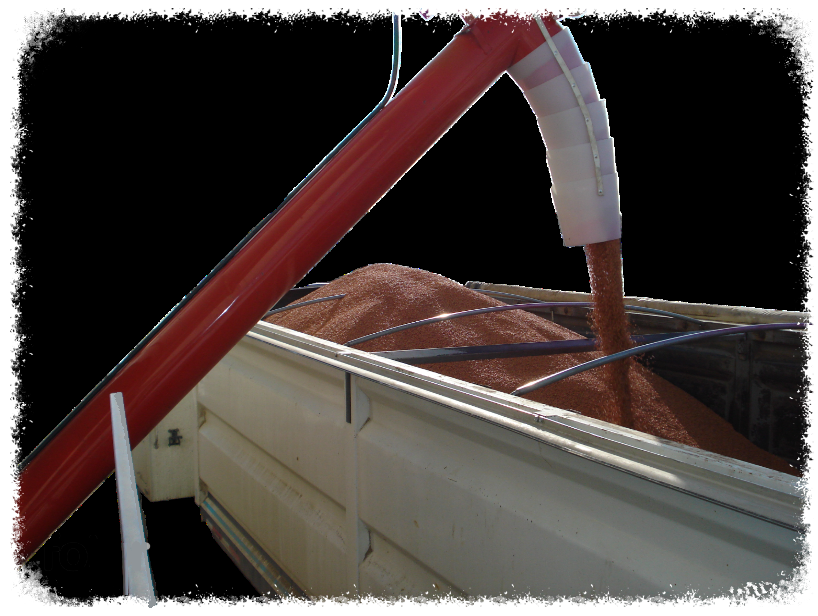
Bell Media touted season nine of the Amazing Race Canada as the overall No. 1 program for 2022-23, with a season average of 1.7 million viewers1. Nothing less should be expected of season 10, which premiered back in early July of this year. Under normal circumstances this type of viewership for a Canadian program should be celebrated, but due to a recent episode that displayed a seriously dangerous practice, it is cause for alarm.
The fifth episode of the Amazing Race Canada displayed contestants climbing into filled grain hopper trailers that they were then required to dig through in order to find a hidden object. To the general population, what they saw was entertainment. To a knowledgeable farmer, naïve people were intentionally and unnecessarily placed in confined spaces where many a person has died before their time… including three young girls who lost their lives in the back of a loaded grain truck here in central Alberta.
Some might say that the reaction to this episode has been overblown, however, according to the Canadian Agriculture Injury Reporting report, Agriculture-related Fatalities in Canada 1990 – 2000, asphyxiation in grain/soil has remained one of the top 10 causes of fatal injuries on farms in Canada for decades.
Even more disturbing are statistics published in a report by Purdue University’s Agricultural Safety and Health Program titled 2022 Summary of U.S. Agricultural Confined Space-Related Injuries and Fatalities:
- There were at least 83 confined space incidents and 22 were fatal; their findings show that confined space incidents had increased 40.7% since 2021.
- 42 of the incidents were grain related, which represents the highest number of incidents in over a decade.
This time of year, it is important to remind our family and workers about the hazards of grain, harvest equipment, grain transport vehicles and grain storage structures. Make time to do this every year and especially this year if you have children or new workers who may have seen this episode and may not fully understand how dangerous such actions can be. Below are some resources that may be of assistance:
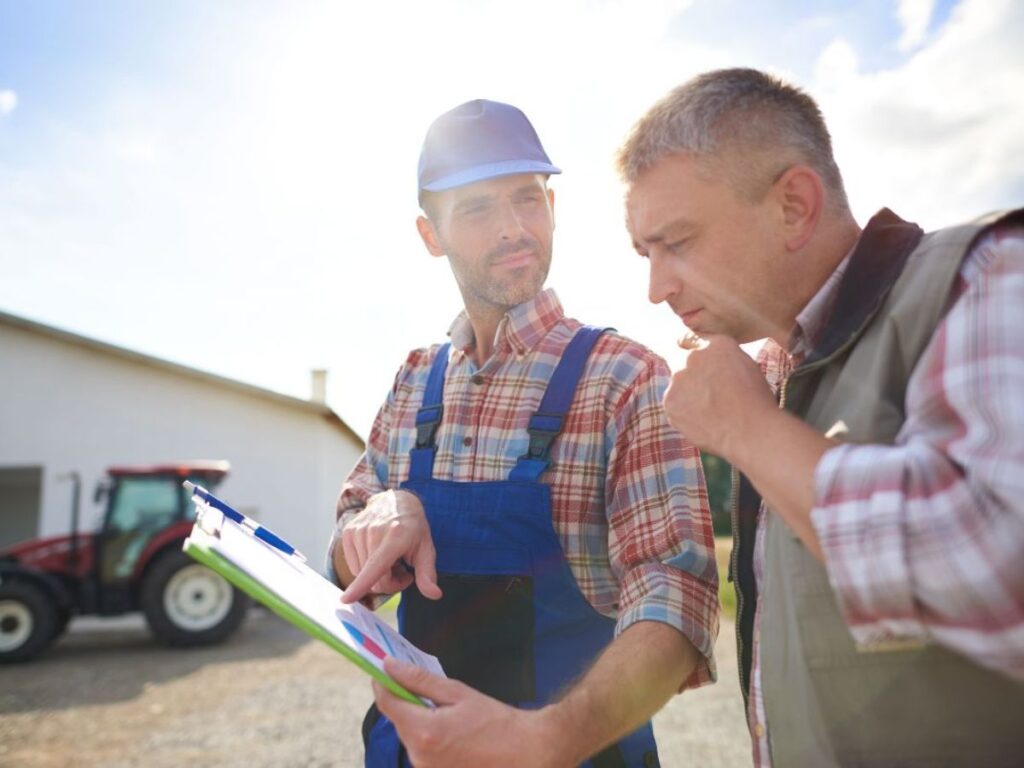
If you have farm-specific health and safety questions or require support relating to health and safety on your farm, please contact AgSafe Alberta at info@agsafeab.ca.
You may be eligible for onsite farm visits and up to 10 hours of advisor support at no cost!
Talking Total Farmer Health:
Ag Youth & Vaping
The AgriSafe Network has a podcast aimed at bringing health and safety experts and news to the agricultural community. The Talking Total Farmer Health Podcast, hosted by Linda Emmanuel, recently dedicated an episode to the issue of agricultural youth and vaping.
Listen to this or one of their other many episodes at the Agrisafe Network Website, Apple Podcasts, or Spotify
Mustering & Moving Cattle:
Let Nature Do The Work For You

We often think we understand animal behaviour better than we do simply because we have grown up around livestock. The reality is that unless we do a deep dive into the behaviour of a specific animal, we won’t recognize what we don’t know or realize that some of what we do know is wrong or based on faulty assumptions. Getting the work done safely, particularly when it involves cattle, requires a good understanding of their behaviour and the ability to apply this understanding as we work them.
Mustering is the process of gathering livestock, typically for the purpose of feeding, performing checks & treatments, branding, transport or droving. If cattle get worked up during mustering, people can get run into or over, resulting in serious injury.
According to the general science of animal behaviour and the work by Dr. Temple Grandin, the best way to start mustering cattle is to locate the majority of the herd and work with that group. Begin by making a series of wide back and forth movements at the edge (not in a circle, but in a slight arc shape). This will cause the animals to come together and any stragglers or those who may be hiding will begin to join the herd. This occurs because of their natural instinct to rejoin and find safety within the herd.
Once loosely mustered, pressure can be applied at the edge of the flight zone. This requires you to slowly get close enough for the cattle to begin moving, but not so close or quickly that you break them up. By continuing to move gradually closer in a zig-zag pattern, the cattle will begin to move in the desired direction.
What is often overlooked when applying pressure to cattle is the need to then relieve this pressure (from a behavioural standpoint, relieving the pressure is a reward to the animal and helps prevent them from becoming overly stressed). Only when movement in the desired direction slows should the pressure be reapplied. If at any point you notice the animals begin to turn or change direction, it is important to immediately back up and increase the distance between you and the animals.
The flight zone can be thought of as the distance that the cattle can be from the people working them and still feel comfortable. Click HERE to see a diagram by the National Agriculture in the Classroom.
Constant pressure on the group or moving too quickly will only increase stress on the animals, causing them to become excited, which is dangerous to both people and the animals themselves. When the animals become stressed, it is counter-productive to what you are trying to achieve, which then increases the stress and excitability of the people working with the animals.
For more information on better cattle handling practices, check out the following resource:
Friendly Reminders For Harvest
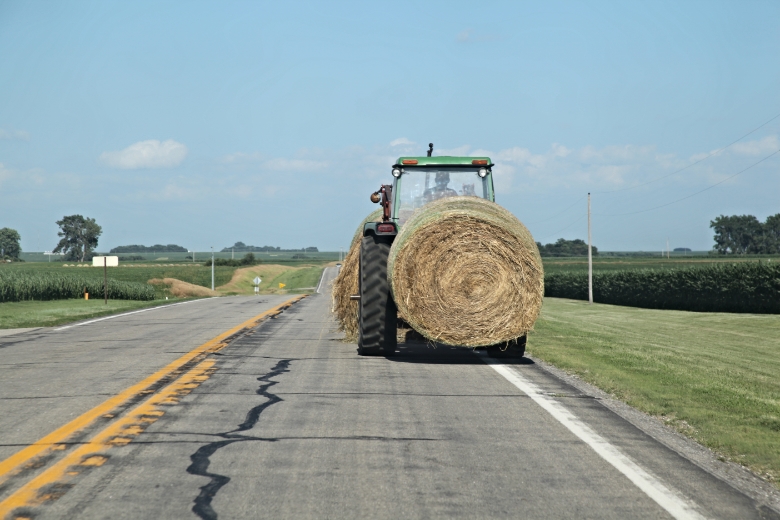
- AgSafe Alberta Toolbox Talk: Farm Equipment on Public Roads
- AgSafe Alberta Toolbox Talk: The Importance of Load Securement
Please Share…
So Others Are Aware
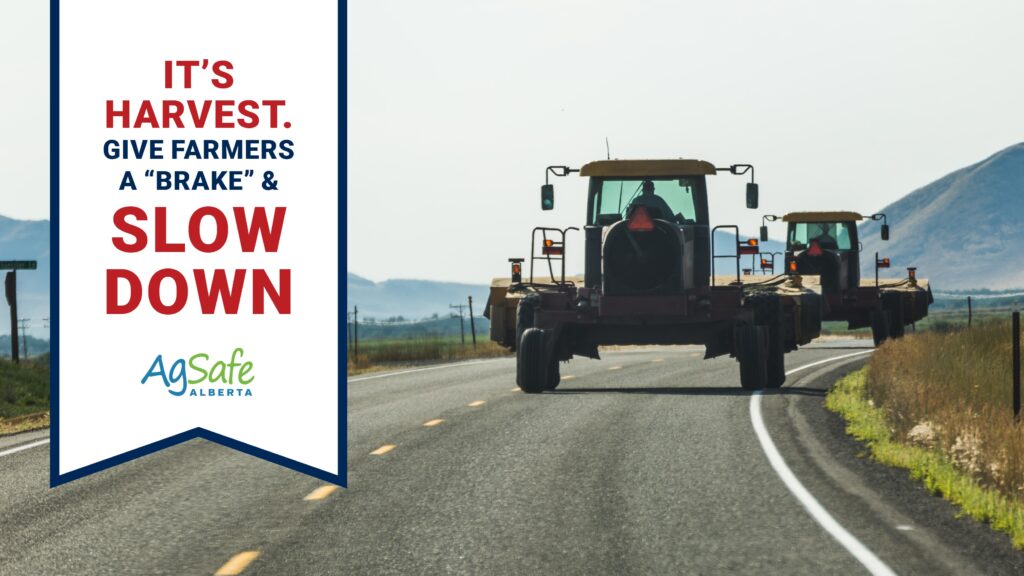
CONTACT US
For general inquiries: info@agasafeab.ca /403-219-
For our hotline for incidence assistance: 1-833-9AGSAFE

